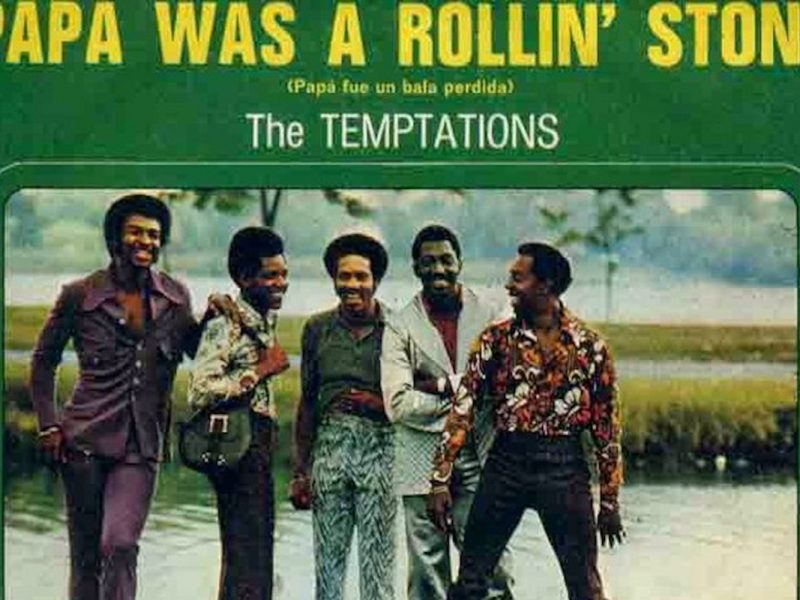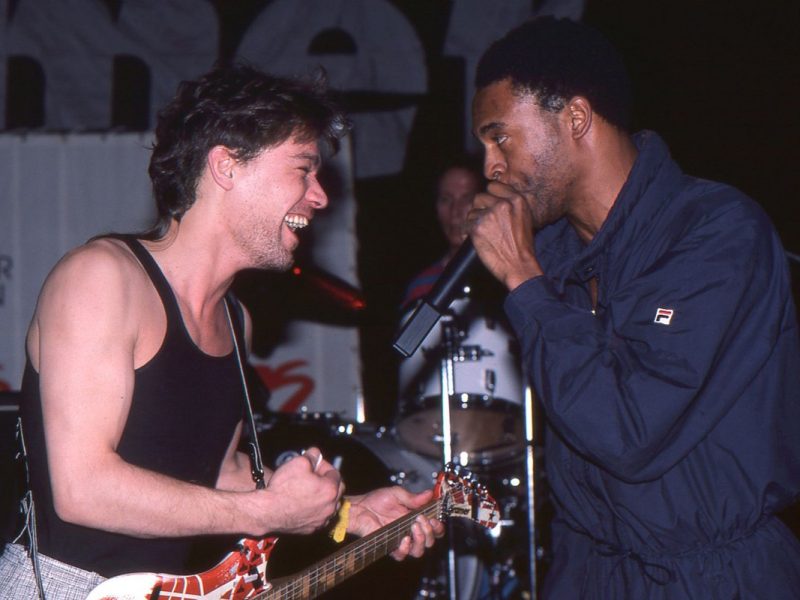Paul Simon booked four days at Muscle Shoals Sound Studio in Alabama while working on his third album, 1973’s There Goes Rhymin’ Simon. He figured that would be enough time to record a single song, “Take Me to the Mardi Gras.”
Simon was eager to work in the legendary recording location, which by then had built an impressive reputation after playing host to acts like Aretha Franklin and the Staples Singers. The music was so soulful that Simon was convinced a Jamaican band was working out of Muscle Shoals.
It was instead a group of mostly local white musicians, including guitarists Pete Carr and Jimmy Johnson, bassist David Hood (father of Drive-By Truckers’ Patterson Hood), drummer Roger Hawkins and keyboardist Barry Beckett. When co-producer Phil Ramone called up the band, they were just as eager to collaborate as Simon was. “How much do you want us to pay you?” Beckett later recalled jokingly saying to Ramone.
Muscle Shoals was quite an adjustment for Simon. “It just so happened that the roof leaked in our studio right over the recording console,” Hood told Songfacts, “and as a short-term fix, we taped sanitary pads across the ceiling just to absorb the water so it wouldn’t drop down on the recording console. So we had Paul Simon, who’s got hit record after hit record walking in and seeing this place with Kotex on the ceiling. He must have thought, ‘What in the world have I gotten myself into?'”
Listen to Paul Simon’s ‘Kodachrome’
Simon was used to cutting a song in a few days, while the Muscle Shoals men were more accustomed to cutting a track in just a few hours, and “Take Me to the Mardi Gras” was in the can by the second take. “I mean, he definitely wasn’t going to leave then, because he had to pay for three more days,” Johnson recalled.
They started noodling around with some other options. “He sat down in a chair with his guitar and he said, ‘Fellas, I’m going to play you some songs. Just tell me which ones you like,'” Hawkins told Modern Drummer in 2017. “He played and we said, ‘Yeah! That ‘Kodachrome’ sounds pretty good.’ He let us pick the songs!”
“Kodachrome” had started with just a melody line, with Simon using the temporary phrase “Going Home.” “I was thinking as I was doing it, ‘Well, I’m certainly not going to call the song ‘Going Home,’ there must be 250 songs called ‘Going Home,'” Simon recalled in 1988. “‘That’s not going to do anything.'”
He needed a phrase that had the same sound as “Going Home” and “Kodachrome” to fit the bill. “Once I decided that the song was going to be called ‘Kodachrome,’ I had to think: ‘Well, what does that mean?'” Simon added.
Kodachrome was one of the first mass-marketed color film products, made by Kodak. So, colors played a large role in Simon’s lyrics: “They give us those nice bright colors / They give us the greens of summers / Makes you think all the world’s a sunny day.”
Watch Paul Simon Perform ‘Kodachrome’ Live in 2012
The Muscle Shoals aces then added what Hawkins described as “a loping feel. I got an old two-inch tape box, like the big reels used to come in. I put some newspaper in the box and played the pattern on it with hard vibes mallets. I listened back to it, though, and it wasn’t quite cutting through. So I kept changing the packing in the box until it came through well. That’s where the loping feel comes from. I don’t know if that drum part would have sounded that good without it.”
If you listen carefully, you’ll notice a slight difference in the structure of the first verse from the second. “That was Paul’s idea,” Hood explained. Like “Take Me to Mardi Gras,” “Kodachrome” was cut quickly. “It’s just the way he played it, and he played it that way every time. I’ve worked with a few people that write songs like that, like Frank Black from the Pixies. He would do it like that every time. The weirdness is something that’s natural for him to do.”
Kodak, of course, was not about to let one of the world’s most prominent songwriters use their trademarked name without credit, so pressings of the single, released on May 19, 1973, had stickers placed on them reading “Kodachrome is a registered trademark of Kodak.” The song reached No. 2 on the Billboard Hot 100 but did not chart in the U.K. at all. That’s because “Kodachrome” was banned by the BBC, which did not permit the broadcast of songs with branded lyrics, after being relegated to the B-side in favor of “Take Me to Mardi Gras.”
Simon also recorded “Love Me Like a Rock” from There Goes Rhymin’ Simon at Muscle Shoals, later declaring himself pleased with the musical camaraderie he’d stumbled into in Alabama. “All of that album,” Simon said in 1988, “had a certain ease to it because the band knew each other and played well.”
Paul Simon and Simon & Garfunkel Albums Ranked
He was always an uneasy folksinger, a role his record company tried to push him into starting with Simon & Garfunkel’s debut.
Rock Feuds: Simon vs. Garfunkel



